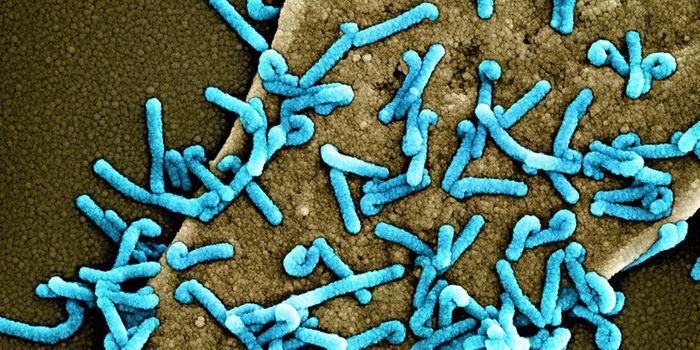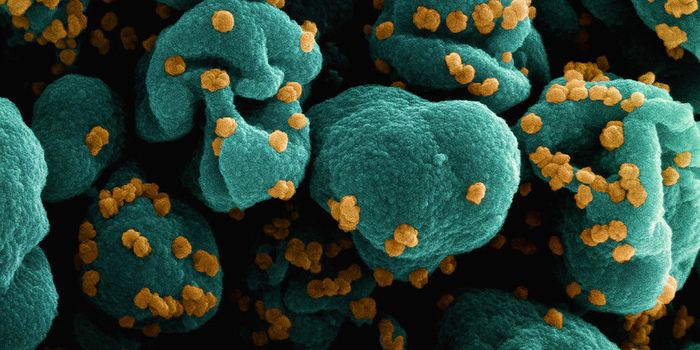400 Million Years of Evolution can Help Improve Therapeutics
Sometimes the past has a lot to teach us. Scientists have recently learned more about human immunodeficiency virus (HIV) by studying the evolution of an anti-viral protein that dates back 400 million years and first arose with life in the sea. Investigators from Western University in Ontario wanted to know more about the origins of HERC5, a protein that was recently proposed to be an inhibitor of HIV. Reporting in the Journal of Virology, a team led by Stephen Barr, Ph.D., assistant professor at Western's Schulich School of Medicine & Dentistry showed that the gene first came about in fish and has been running an evolutionary race against viruses ever since.
The researchers, featured in the video above, found that a battle that played out over millions of years created genes that could make complex defenses to protect against the viral threat. That only made the viruses themselves adapt and evolve to evade those defenses.
With sequencing tools, the team determined that a coelacanth, a 400 million-year-old fish, carried a HERC5 gene that can easily disrupt SIV, simian immunodeficiency virus, the primate version of HIV. The protein cannot block HIV, unfortunately.
"Of course HIV and these modern-day viruses that we study aren't present in fish, but ancient versions of them are. So what we assume is that as these ancient retroviruses wreaked havoc on marine life, their immune systems had to develop a defense," Barr said. "We think that one of those defenses is the HERC family. As retroviruses evolved, eventually giving rise to HIV, different variants of HERC genes emerged to combat these infections."
It’s possible that all of those years spent changing and developing evasive maneuvers also enabled viruses to get better at jumping the species barrier. Some such zoonotic diseases also increase in virulence when they jump.
"By learning the big picture and identifying all the different proteins that can make up this defense against viruses, we can develop a more global approach to advance antiviral drugs. Our future goal is to discover the mechanisms that viruses use to inactivate HERCs and other similar antiviral proteins so that we can exploit this knowledge for the development of novel antiviral drugs," said Barr.
Sources: AAAS/Eurekalert! Via University of Western Ontario, Emerging Microbes & Infections, Journal of Virology




![[Guide] 7 Strategies to Boost Laboratory Collaboration](https://d3bkbkx82g74b8.cloudfront.net/eyJidWNrZXQiOiJsYWJyb290cy1pbWFnZXMiLCJrZXkiOiJjb250ZW50X2FydGljbGVfcHJvZmlsZV9pbWFnZV83YzBjZWIwM2Y5YzI4MmFlYzBhZDZhMTcyNTQ1ZGU3YmE4Y2MzMDYyXzUxNDkuanBnIiwiZWRpdHMiOnsidG9Gb3JtYXQiOiJqcGciLCJyZXNpemUiOnsid2lkdGgiOjcwMCwiaGVpZ2h0IjozNTAsImZpdCI6ImNvdmVyIiwicG9zaXRpb24iOiJjZW50ZXIiLCJiYWNrZ3JvdW5kIjoiI2ZmZiJ9LCJmbGF0dGVuIjp7ImJhY2tncm91bmQiOiIjZmZmIn19fQ==)



